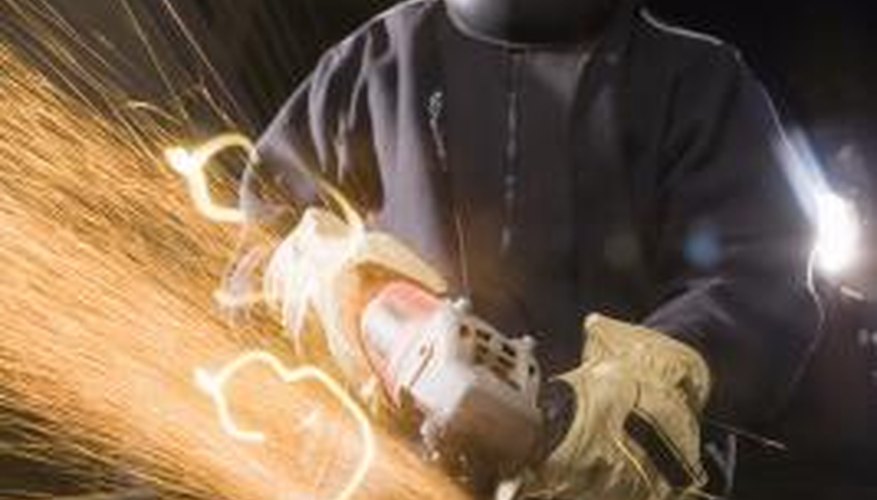Although there are no health hazards from iron in solid form, prolonged or repeated exposure to dust and fumes from processing the material can harm your health. Follow safe industrial hygiene practices and always wear protective equipment when handling this material.
Composition of Cast Iron
Cast iron can be more than 90 per cent iron, and most of the dust or fumes will be iron or iron oxide. It also contains about 2 per cent carbon, as well as smaller amounts of manganese, chromium, copper, nickel, phosphorus and silicon.
- Although there are no health hazards from iron in solid form, prolonged or repeated exposure to dust and fumes from processing the material can harm your health.
- Cast iron can be more than 90 per cent iron, and most of the dust or fumes will be iron or iron oxide.
Working with Cast Iron
Castings that have not been cleaned may contain embedded silica, which can cause serious conditions such as lung cancer. Dust produced during machining, grinding or welding of cast iron may produce airborne particulates that require either ventilation or a dust and fume respirator that meets National Institute for Occupational Safety and Health (NIOSH) standards.
Acute Health Effects
Acute, or short-term, health effects of inhaling cast iron dust include irritation to the lungs and the mucus membrane of the throat. If you suspect you have inhaled cast iron dust, move away from the source of the dust.
Chronic Health Effects
Chronic, or long-term, health effects of inhaling cast iron dust can include a condition called pneumosiderosis (also referred to as siderosis or Welder's lung), which shows up as tiny specks in a chest X-ray. Symptoms include shortness of breath and coughing.
